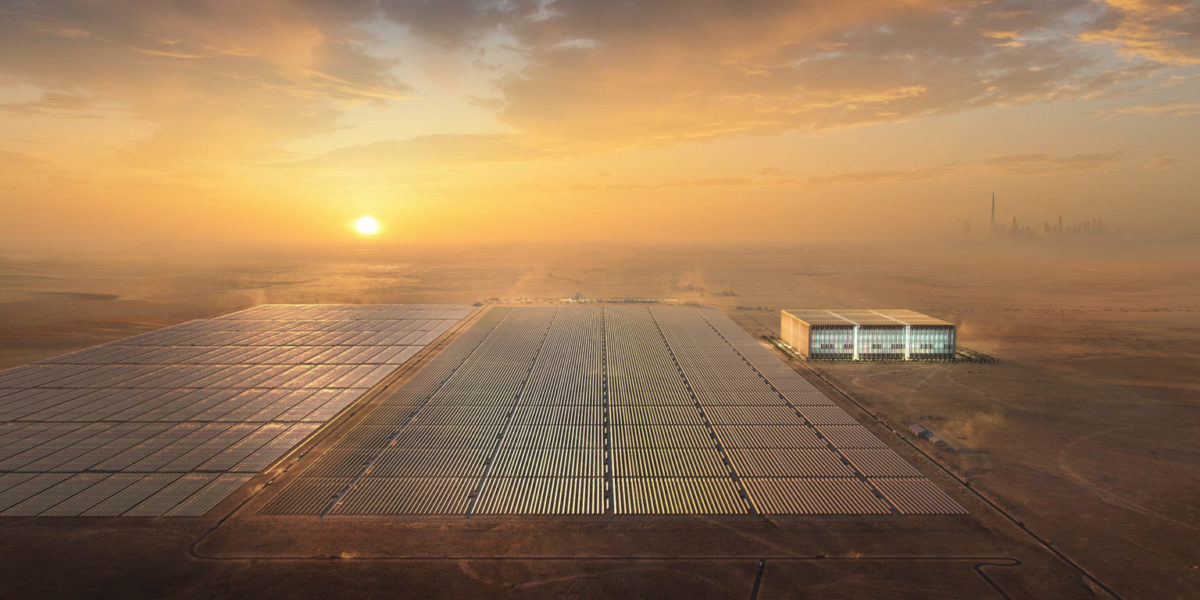From pv magazine USA
The volume of grid-scale energy storage installations in the United States increased four times over that seen in the first quarter of 2021, setting a new record in the first quarter 2022. According to Wood Mackenzie and the American Clean Power Association’s (ACP) latest US Energy Storage Monitor report, grid-scale installations total 2,399 MWh.
“Quarter one of 2022 was the largest first quarter on record by far for grid-scale installations, a notable milestone since installations are typically back-weighted to the second half of the year. The West Coast and Southwest regions continue to dominate for both standalone and hybrid systems,” said Vanessa Witte, a senior analyst with Wood Mackenzie’s energy storage team.
The record-setting growth occurred despite significant challenges in the industry. And those risks remain, including supply chain disruptions caused by the anti-dumping and countervailing duties (AD/CVD) solar tariff investigation initiated by the Department of Commerce (DOC) when the DOC said that it was launching an antidumping investigation into solar panel imports from Chinese companies working in Cambodia, Malaysia, Thailand and Vietnam.
“The Biden administration’s recent decision to pause AD/CVD solar tariffs for two years restores predictability to both the solar and energy storage markets. With well over 50% of utility storage projects being paired with solar farms, this important executive action will help the energy storage market continue to accelerate,” said John Hensley, vice president of research and analytics at ACP.
As battery costs drop and the need for resiliency amid grid fluctuations, residential storage was also on the rise, having its strongest quarter to date. The report estimates that 334 MWh were installed in the first quarter, improving on the previous quarterly record of 283 MWh in Q4 of last year. By 2026, the residential storage segment is forecast to grow by 5.7 GWh annually, driven in part by adoption in California in reaction to the proposed Net Energy Metering (NEM) 3.0.
“Despite challenging supply conditions continuing to suppress residential storage, the segment saw over 20,000 installations in a single quarter for the first time and we’re seeing large and small installers forge new vendor partnerships to help meet rising customer demand,” said Chloe Holden, an analyst with Wood Mackenzie.
AD/CVD-related procurement delays have slowed the non-residential storage market, which has been downgraded and predicted to grow 1 GW annually by 2026. “A meaningful share of residential solar-plus-storage projects not yet procured are being pushed to 2023, which has impacted paired storage,” Holden added.
Overall, the US energy storage market added 955 MW and 2,875 MWh across all segments in the first quarter of 2022.
“California continues to dominate the sector, with the Valley Center and Slate projects taking the top two spots for largest projects installed in Q1. We also saw more than 90 MW of storage come online outside the top seven states, including projects in Oregon and Alaska,” Witte said.
This content is protected by copyright and may not be reused. If you want to cooperate with us and would like to reuse some of our content, please contact: editors@pv-magazine.com.




3 comments
By submitting this form you agree to pv magazine using your data for the purposes of publishing your comment.
Your personal data will only be disclosed or otherwise transmitted to third parties for the purposes of spam filtering or if this is necessary for technical maintenance of the website. Any other transfer to third parties will not take place unless this is justified on the basis of applicable data protection regulations or if pv magazine is legally obliged to do so.
You may revoke this consent at any time with effect for the future, in which case your personal data will be deleted immediately. Otherwise, your data will be deleted if pv magazine has processed your request or the purpose of data storage is fulfilled.
Further information on data privacy can be found in our Data Protection Policy.